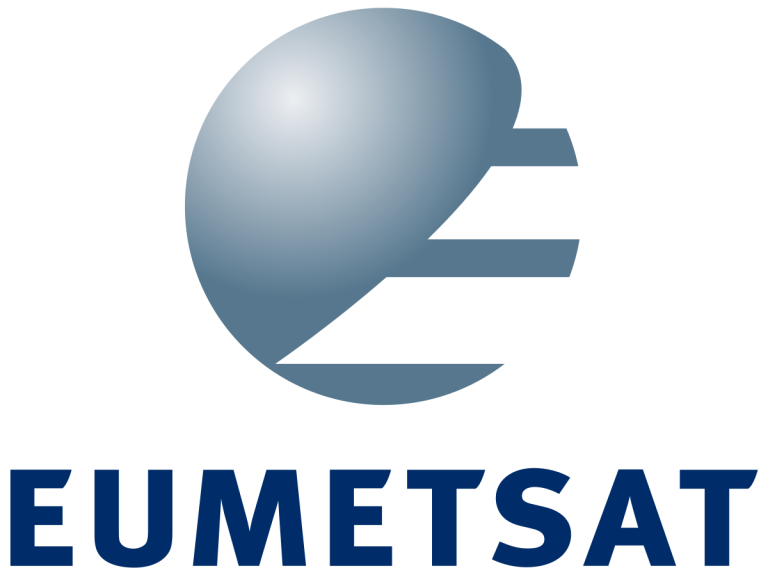Satellite programs
This is a non-comprehensive list highlighting some programs that fund ECV observations
Name | Description |
To Respond to the observation needs of climate change, ESA initiated the programme Global Monitoring of ECVs, (ESA Climate Change Initiative). ESA Climate Change Initiative provides an adequate, comprehensive and timely response to the extremely challenging set of requirements for highly stable, long-term satellite-based products for climate that were addressed to Space Agencies | |
The Copernicus Climate Change Service (C3S), still in the development phase, will combine climate system observations with the latest science to develop authoritative, quality-assured information about the past, current and future states of the climate in Europe and worldwide. ECMWF operates the C3S on behalf of the European Union and will bring together expertise from across Europe to deliver the service. C3S will provide key indicators on climate change drivers such as carbon dioxide and impacts, for example, reducing glaciers. The aim of these indicators will be to support European adaptation and mitigation policies in a number of sectors. | |
EUMETSAT climate monitoring activities involve the Central Facilities in Darmstadt and the network of Satellite Application Facilities (SAF) - with a leading role for SAF Climate Monitoring. They rely on capacities developed to perform all tasks required to deliver validated Fundamental and Thematic Climate Data Records from its data archives, from recalibration and cross-calibration to reprocessing, quality control and ultimately delivery to the climate community. These include data archives, software libraries and dedicated reprocessing environments available in Darmstadt and at SAF, in particular at the SAF on Climate Monitoring. | |
The purpose of the National Aeronautics and Space Administration (NASA) Earth science program is to develop a scientific understanding of the Earth’s system and its response to natural or human-induced changes, and to improve the prediction of climate, weather and natural hazards. A major component of NASA’s Earth Science Division is a coordinated series of satellite and airborne missions for long-term global observations of the land surface, biosphere, solid Earth, atmosphere and oceans. This coordinated approach enables an improved understanding of the Earth as an integrated system, enhancing the ability of the international scientific community to advance global integrated Earth system science using space-based observations. The agency’s research encompasses solar activity, sea level rise, the temperature of the atmosphere and the oceans, the state of the ozone layer, air pollution, and changes in sea ice and land ice. |




